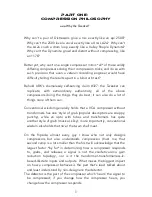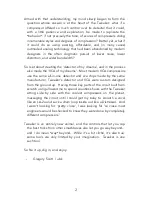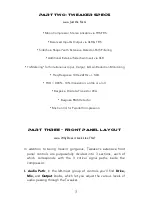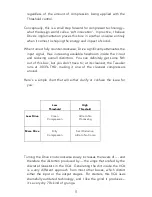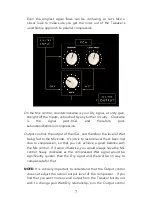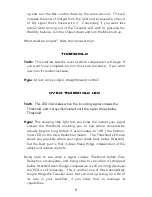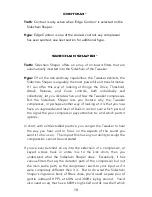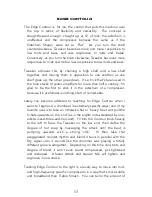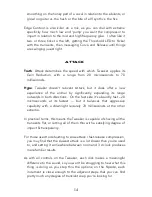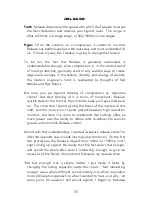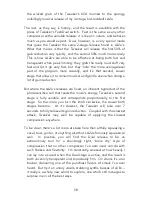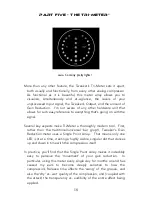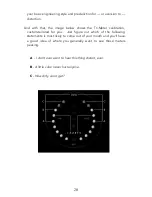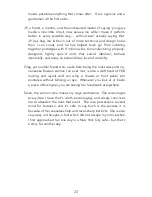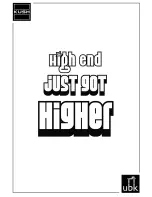
9
For starters, in the case of low-ratio/high-threshold compression –
often found in mix bus and mastering applications – you will find this
LED is capable of teaching you to hear incredibly light and
transparent forms of compression that you might otherwise miss if
you were looking to the Gain Reduction meter to cue your ears to
the compression.
Conversely, if you have high ratio limiting coupled with a high
threshold, the Threshold LED can train your ear to hear the subtle
shaving of transients that occur with tiny amounts of limiting which
still fall short of 1dB.
When you want to go beyond subtle transient reshaping and into
heavy-handed density control and groove management, the
Threshold LED is a formidable ally in the shaping of not only your
levels but also the movement of the sound. It can help you to set
the Threshold at a point where the transients are musically dipping
below, and then knocking back up against, the knee of the
compressor. In the process, you can see how how your signal will
stay buried in compression regardless of the release.
Getting this LED to dance in time with your groove is often a great
starting point for reshaping the movement of a drum bus,
percussion track, acoustic guitar track, vocal…
I could go on endlessly about the uses for this light, but I’ll end with
one last gem: when two Tweakers are linked on stereo instrument
and mix busses, the Threshold LED’s are still independent, and
therefore will show which side of your program is causing both
channels to compress, and when they’re doing so. This can reveal
energetic imbalances in your mix; by no means are imbalances a
bad thing, but sometimes they’re unintentional and sometimes they
signify problems which, if addressed, result in a clearer, tighter,
possibly even wider-sounding mix.


